A lush indoor garden can transform any living space into a sanctuary brimming with life and tranquillity. Whether you’re a gardening enthusiast or a novice looking to cultivate your botanic touch, the key to flourishing indoor plants lies largely in the choice of pot.
Understanding your plant’s unique needs, identifying the most suitable type of pot, recognizing the importance of pot size and shape, and factoring in other considerations such as drainage, color, and design are critical steps for nurturing a vibrant indoor habitat. Let’s delve deeper into these elements to assist you in making informed decisions, essential for the healthy growth and survival of your indoor plants.
Understanding Your Indoor Plant’s Needs
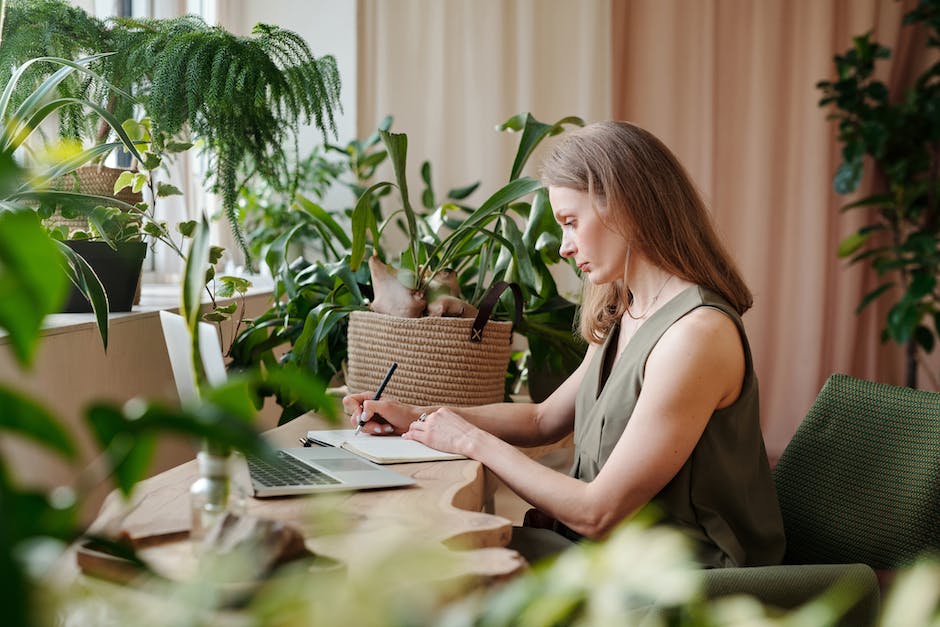
Understanding Your Indoor Plant’s Native Climate
Indoor plants come from a range of climates globally. For instance, tropical plants like the Monstera deliciosa or the ZZ plant thrive in warm, humid conditions. Conversely, cacti and succulent species hail from arid climates, requiring a more dry and hot environment. Understanding this will help in selecting the appropriate pot type. For example, a porous terra cotta pot is better suited to house succulents and cacti as it helps to mimic their desert-environment by providing good air movement and allowing water to evaporate quickly. In contrast, tropical plants would fare better in plastic or glazed ceramic pots which retain moisture longer.
Preferred Soil Type and pH
Each indoor plant variety has a specific soil type and pH preference for its growth. Acidic soil with a low pH value is preferred by plants like gardenias and azaleas, whereas snake plants and spider plants need a more neutral to slightly alkaline soil. Fast-draining, coarse-textured potting mix is ideal for plants that don’t tolerate water-logged conditions, while moisture-retaining soil benefits those from humid environments. Pot selection comes into play here too, a plant requiring well-drained soil would benefit from a deeper pot that allows excess water to escape from the bottom.
Water Requirements
Watering needs depend on the type of plant and its natural habitat. A succulent needs less water than, say, a peace lily. Overwatering can be more deadly to indoor plants than under-watering, so many plants require pots with good drainage methods. This might mean a pot with one or multiple holes at the bottom and possibly a saucer to catch overflow. Self-watering pots can be an excellent choice for those who tend to forget to water their plants, as these pots have a reservoir to provide a consistent water supply.
Light Levels
Like water, each type of plant has its light preference. Plants such as snake plants or ZZ plants require low to medium light levels whereas fiddle leaf figs and most succulents crave high light levels. The pot has an indirect role in this factor. Lighter colored pots reflect light, which can keep roots cooler, while darker pots absorb light and heat, which may help plants that prefer a warmer climate.
Size and Growth Potential
Lastly, it’s crucial to consider the size and growth potential of your plant. A pot that is too small can restrict root growth and lead to undernourished plants. On the other hand, a pot that is too big can cause root rot with excess moisture. As a general guide, choose a container roughly 1-2 inches larger in diameter than the plant’s root ball for small to medium plants and 2-4 inches larger for big plants.
Understanding that a variety of plants have diverse needs, it’s critical to pick the right pot for each of them to ensure their optimum health and longevity. The right pot can significantly contribute to a plant’s well-being, so it’s worthwhile being informed.
House Plant Essentials
Types of Pots for Indoor Plants
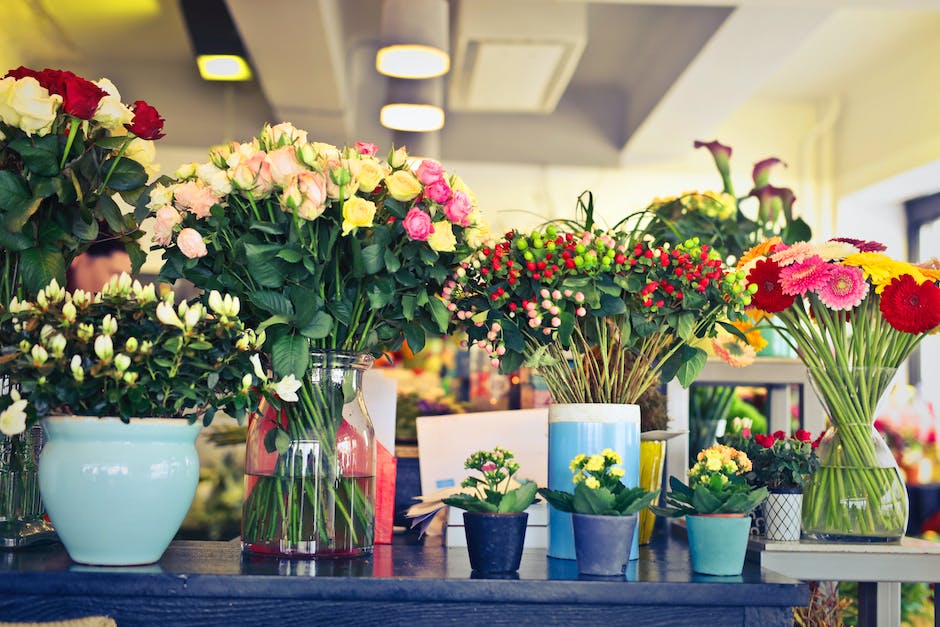
Plastic Pots: Economical and Versatile
Plastic pots tend to be the go-to option for indoor plants, largely because they are easy on the pocket and incredibly practical. They come in an array of sizes, hues, and styles, giving you plenty of options to complement your home decor. Their lightweight nature offers ease in handling, cleaning, and re-positioning. On the plus side for plant health, plastic pots are impervious, hence they retain moisture well and can help to stop the soil from drying out excessively fast. However, their lack of breathability could lead to overwatering issues if drainage isn’t managed appropriately. Also, plastic pots’ integrity can deteriorate over time, particularly when exposed to sunlight, causing it to fade and possibly weaken structurally.
Terra Cotta Pots: Aesthetics and Breathability
Terra cotta pots, typically made from baked clay, present a classic, earthy look well-suited to many indoor spaces. Boca, natural aesthetics aside, terra cotta pots excel in promoting plant health thanks to their porous material which allows roots to breathe and helps to balance soil moisture by absorbing excess water. However, this water-absorbing property also means that plants in terra cotta pots may require more frequent watering. Terra cotta pots are heavier than their plastic counterparts, which can make them less portable but more stable, reducing the risk of toppling. They are generally more expensive, and they may break more easily if knocked over or dropped.
Ceramic Pots: Diverse Designs and Durability
Ceramic pots are renowned for their diverse designs, vibrant colors, and glossy finishes. Like terra cotta pots, ceramic pots are made from fired clay, but they often come glazed, making them less porous and more moisture-retentive. This requires careful monitoring of water levels to prevent root rot. Ceramic pots are a heavy choice, reducing tip-overs but demanding thoughtful placement. They are also more fragile and can be pricey, particularly for larger or custom designs.
Self-Watering Pots: Ease of Maintenance and Consistent Moisture
Self-watering pots offer the most convenience in terms of plant care. Designed with water reservoirs, these pots deliver water to the plants as needed, helping to maintain consistent soil moisture levels and reducing the chances of over or under watering. Ideal for those with busy lifestyles or frequent travelers, self-watering pots can ensure plants remain hydrated for days to weeks, depending on reservoir size. Unfortunately, they can often be more expensive and bulky due to their built-in reservoirs. It’s also important to note that not all plants are suitable for self-watering pots, as some prefer drier soil conditions.
Conclusion
Choosing the perfect indoor plant pot must take into account factors such as your budget, style of your décor, the special requirements of your plant, and your plant care routine. If you’re seeking a practical and affordable solution, plastic pots could be the ideal choice. On the other hand, if you want something that adds an appealing look or improves moisture control for your plant, terra cotta or ceramic pots might be more suitable. For those who have limited time for plant care or often away from home, self-watering pots can serve as the best choice.
The Role of Pot Size and Shape
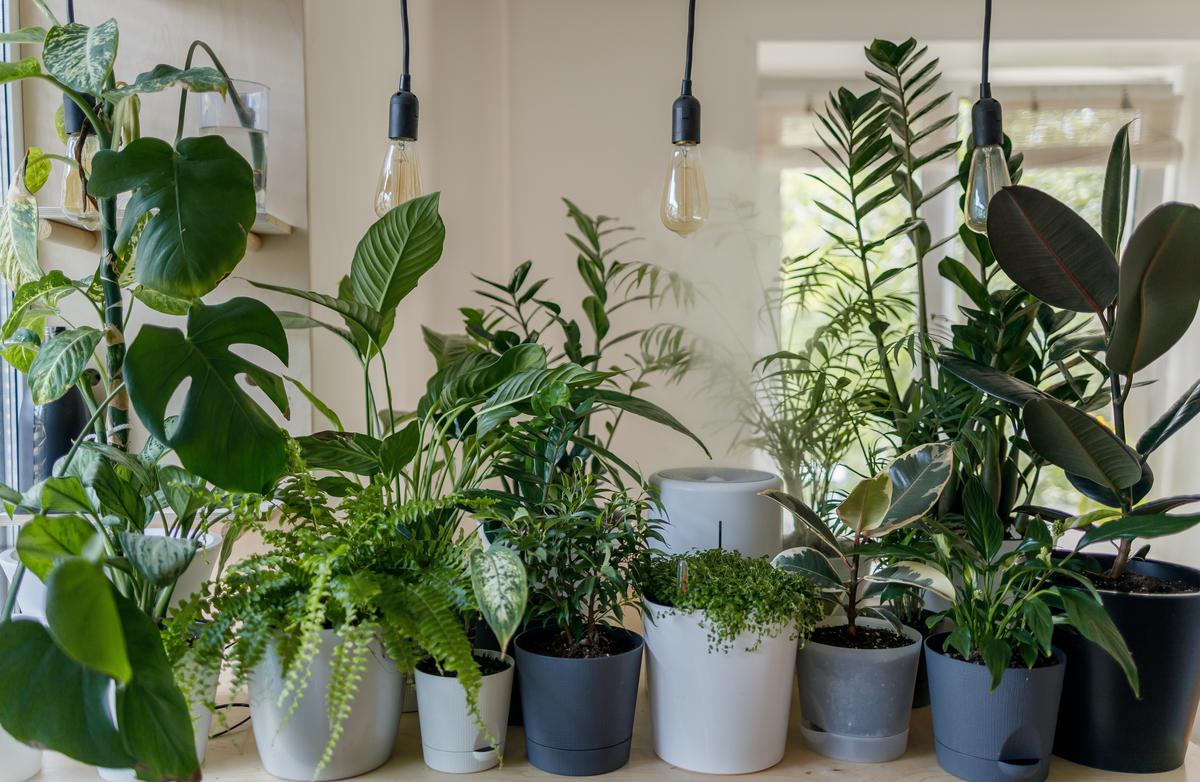
Photo by vadimkaipov on Unsplash
Grasping the Importance of Pot Size for Indoor Plants
Choosing the correct pot size is also critical in maintaining your indoor plant’s health and growth. The selection of pot size directly influences your plant’s stability, development, and total well-being.
Larger pots are generally chosen for bigger plants since these pots have more space for soil, allowing the root system to grow extensively. The capability to hold more soil also means that larger pots can store more water-a crucial factor for plants needing higher moisture levels. Moreover, larger pots offer greater stability for heavier plants, ensuring they don’t topple over easily.
Conversely, small pots are more appropriate for smaller plants. Using a pot that’s too big can lead to slower drying of the soil, a condition that can make your plant more vulnerable to root rot. Ensuring that the pot size increases progressively, aligning with the growth of your plant, is very important.
The Importance of Choosing the Right Indoor Plant Pot Shape
The shape and size of your plant pot play a significant role in the health and growth of your indoor plants. You can choose from a range of shapes including standard pots, azalea pots, or orchid pots, each designed to suit the specific needs of different types of plants.
Standard pots, for instance, are suitable for a wide variety of plants and promote even soil and water distribution. This helps in ensuring the overall growth and wellbeing of your plants.
Azalea pots are generally wider and shorter compared to the standard pots. These are ideal for plants with expansive root systems, providing them a large surface area to spread out. This not only helps the plant firmly root itself, but also aids in its growth.
Orchid pots have a unique design complete with slits and holes, which endorse efficient air circulation and drainage — essential for the growth of orchids. This design also allows the orchid roots to access light, a significant requirement for their growth.
The most suitable pot isn’t chosen based solely on the type of plant. Other factors such as the plant’s growth stage, the location where it will be placed, and personal aesthetic preferences also come into play when selecting an ideal pot shape.
Understanding the impact of pot size and shape on your indoor plants is crucial. Carrying out research on your specific plants’ needs can help you create the optimal environment for their growth.
Other Considerations: Drainage, Color, and Design
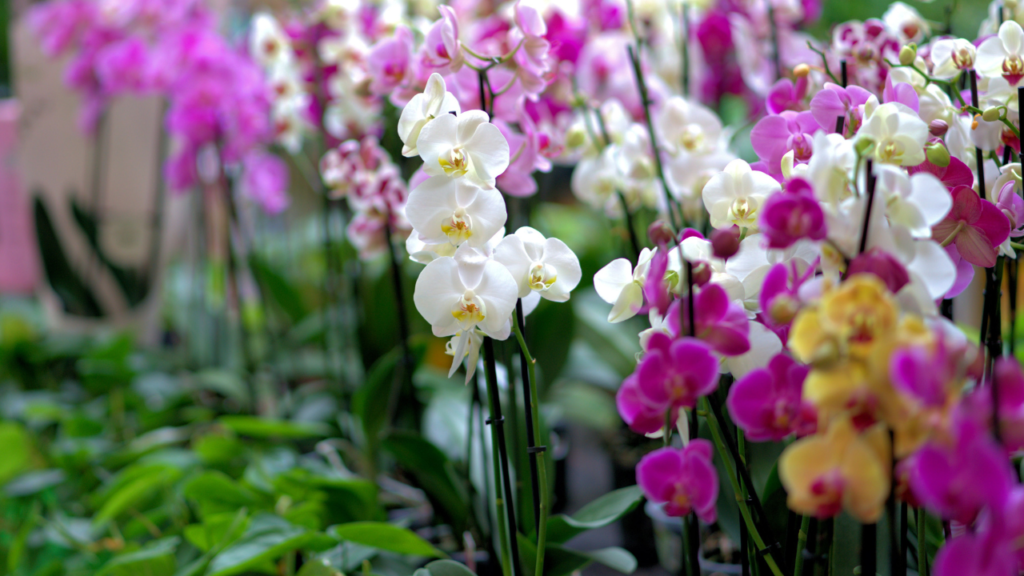
Consideration for Indoor Plant Pots: Effective Drainage
Ensuring your indoor plant pots have adequate drainage is vital for maintaining plant health.
One of the most common problems indoor plants face is overwatering. Without adequate drainage holes, excess water accumulates, saturating the root system and leading to root rot. Therefore, having drainage holes at the bottom of the pots allows surplus water to flow out, thus preventing waterlogging.
Several pots are designed with saucers to collect the excess water, ensuring the surrounding area stays clean. If your chosen pot doesn’t include a drainage system, you can make one yourself or even add a layer of pebbles at the bottom of the pot. This creates an elevated space to keep the plant roots away from surplus water.
Consideration Two: Color Influence Soil Temperature
The color of your indoor plant pot might seem like a purely aesthetic choice, but it can also have a direct effect on the temperature of the soil inside the pot. Light-colored pots reflect more sunlight, thereby keeping the soil relatively cooler, while dark-colored pots absorb more sunlight, resulting in warmer soil.
This factor is particularly critical for temperature-sensitive plants. If a plant prefers cooler conditions, a lighter-colored pot is advised. Similarly, if the plant thrives in warm conditions, a darker pot will provide that warmth.
Consideration Three: Design and Aesthetic Importance
Design and aesthetics are not just for personal satisfaction but also play a critical role in enhancing the plant’s arrangement and the indoor space.
Pots with unique designs or eye-catching colors can act as focal points in your room, making your plants more than just greenery but an integral part of your interior decor. From modern, sleek designs to rustic, terracotta styles, the choice of design should complement your interior theme and personal taste.
Considering the size and structure of the pot is also vital for design purposes. Depending on the plant size, you may need to consider if the pot is deep enough to accommodate root growth or wide enough to support sprawling plants.
Consideration Four: Impact on Plant Health
The various aspects of color, design, and drainage can all impact a plant’s health. For example, if a gaudy design draws focus away from the plant, then it may not be best for showcasing your greenery. Similarly, a pot with poor drainage can lead to root rot, impacting the plant’s health.
Moreover, the incorrect color (in terms of heat absorption) can cause stress to the plant, impacting its growth and overall health. Therefore, remembering to consider these factors when selecting your pot can go a long way in maintaining the health and enhancement of your indoor plants.
In short, in order to choose the best pot for your indoor plants, consider not only the aesthetic appeal but also the functional aspects such as drainage and color’s impact on soil temperature.
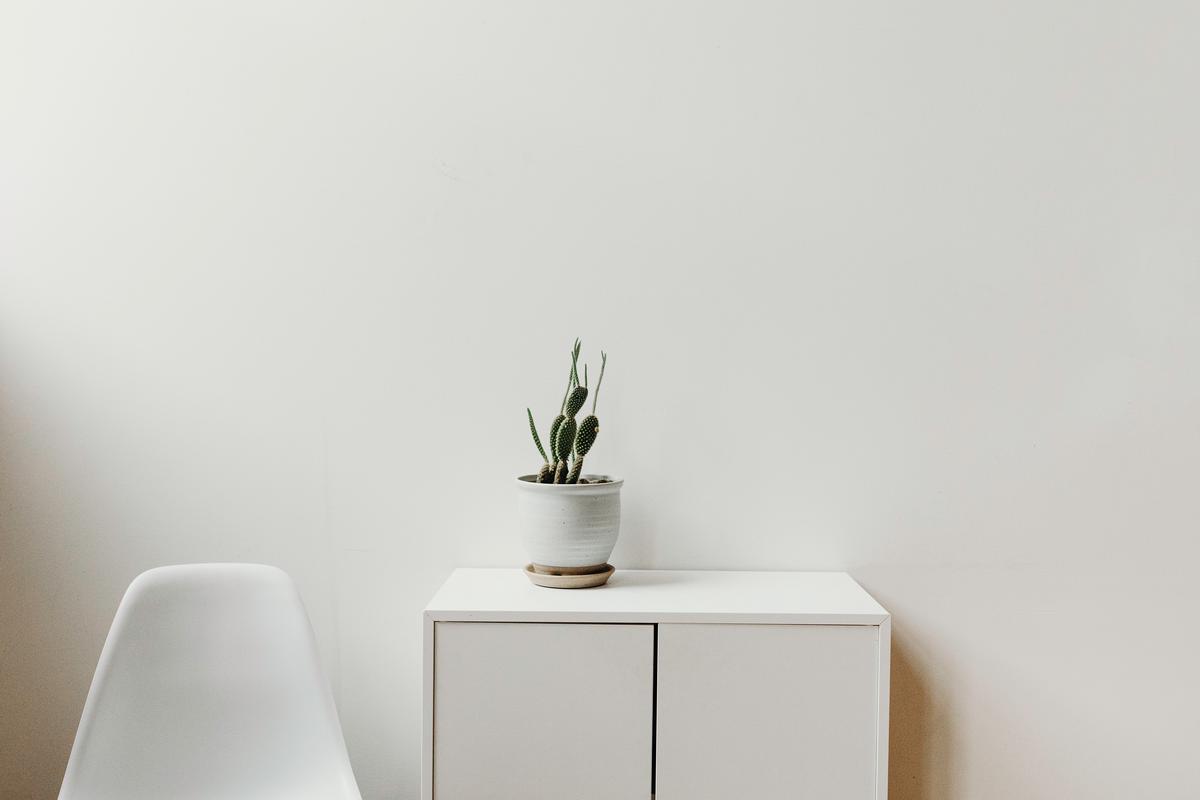
Photo by lianamikah on Unsplash
Every indoor plant carries with it a unique set of needs and requirements, often a reflection of its native ecosystem. By aligning these requirements with the right type of pot, an optimal size and shape, and considering additional factors like drainage, color, and design, you lay down the foundations for a flourishing indoor garden. The journey may require a dash of scientific understanding and a sprinkle of aesthetic sensibility, but the end product – thriving green life that enhances your living space – is always worth the effort. Ready to embark on this green journey? Equipped with this newfound knowledge, select your pots with confidence and watch your indoor garden bloom beyond measure.
